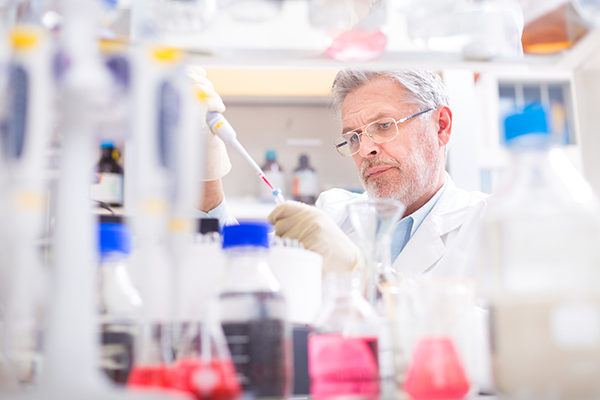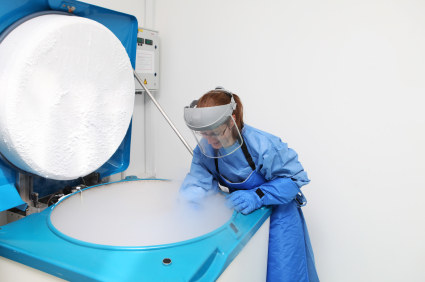Biosample Hub Platform
Directories and communications working together
Platform Components
There are three main directories on the platform, which include the biobank directory, company directory, and requests directory.
Biobank Directory
The biobank directory contains searchable profiles for all the biobank members. Information includes the names of all diseases that are well represented in each biobank, as well as sample types and formats. It also includes the clinical information available, additional services offered, and the permitted uses of samples. On each profile there is a message window, so viewers can contact the biobank directly.
Company Directory
The company directory contains profiles that provide general information on each company member. They also contain a messaging window, which allows biobank members to make direct contact. Having a company profile is optional.
Requests Directory
The requests directory contains the sample requests submitted on the platform. Each request is structured to contain information about disease type, sample type, storage format, inclusion criteria, etc. There is a message window on each request, so that the viewer can make direct contact with the requester if interested. Each request is displayed for a set time period, but can be renewed as necessary.
Other Resources
The resources section contains a wide range of relevant information like biobank tariffs, analysis of requests received, regulations, other biobank directories, and webinar recordings.


How Companies Use The Platform
Company representatives can search the biobank directory to find biobanks with the samples they need. They can also submit a sample request to be displayed on the requests directory.
Use of the biobank directory
Company representatives can search the biobank directory for biobanks with the disease and sample types they are looking for. When they find an interesting biobank, they can make contact via the messaging window on each profile.
Submitting a sample request
Company representatives can submit sample requests on the platform. These requests appear automatically on the requests directory where they can be seen by visiting biobank representatives. Admin sends all new requests to relevant biobanks as soon as possible. In addition, a summary of all new requests is sent to the whole membership in the monthly newsletter.
Concierge service
Company members may request expert support at any stage. The support provided may include off-platform searches, if necessary.
How Biobanks Use The Platform
Biobank representatives can review the requests directory regularly to look for interesting requests. If relevant requests are submitted, they will be informed by email. They can update their biobank profile whenever necessary.
Finding relevant requests
Biobank representatives can review the requests directory, on a regular basis to find relevant requests. This may not be essential because admin emails all new requests to relevant biobanks. Also, a summary of all new requests is sent to the whole membership every month.
Updating the biobank directory
Biobank representatives need to ensure that their biobank profiles are complete and up-to-date. The biobank representative can update his/her biobank profile directly on the platform.

Security
The platform is password-protected and users have different levels of access depending on membership status and member type. There is advanced firewall protection against the newest malware and hacking exploits.

